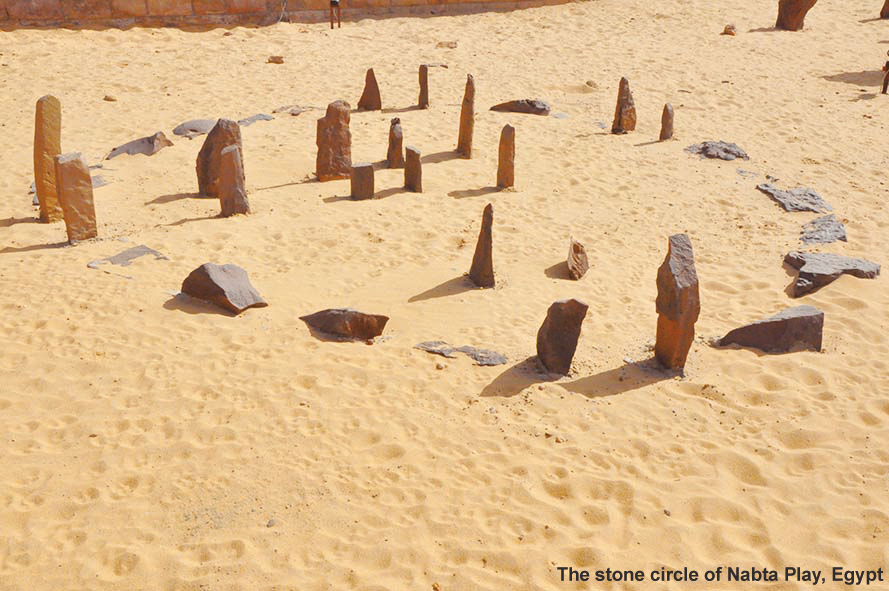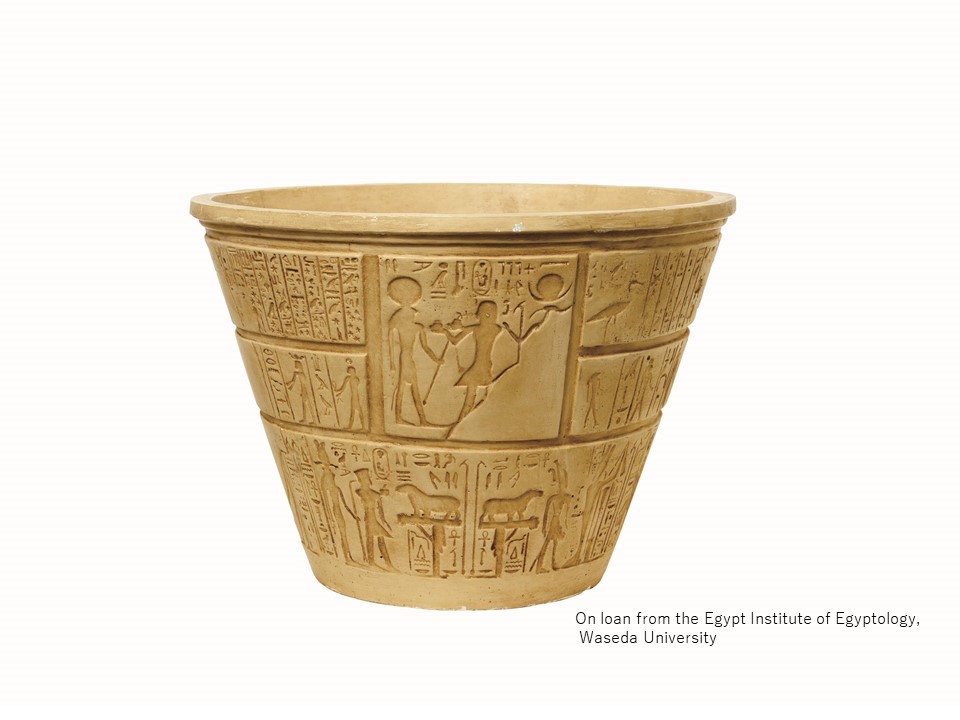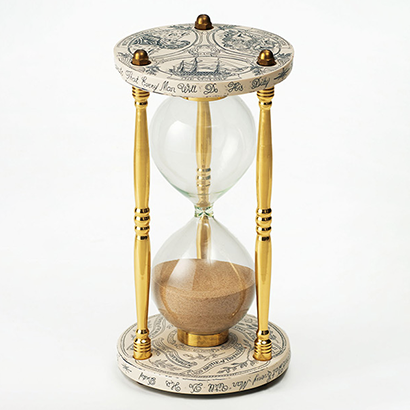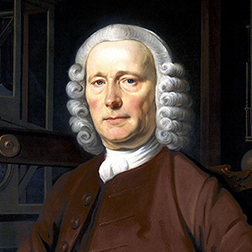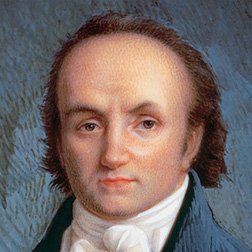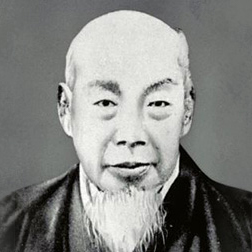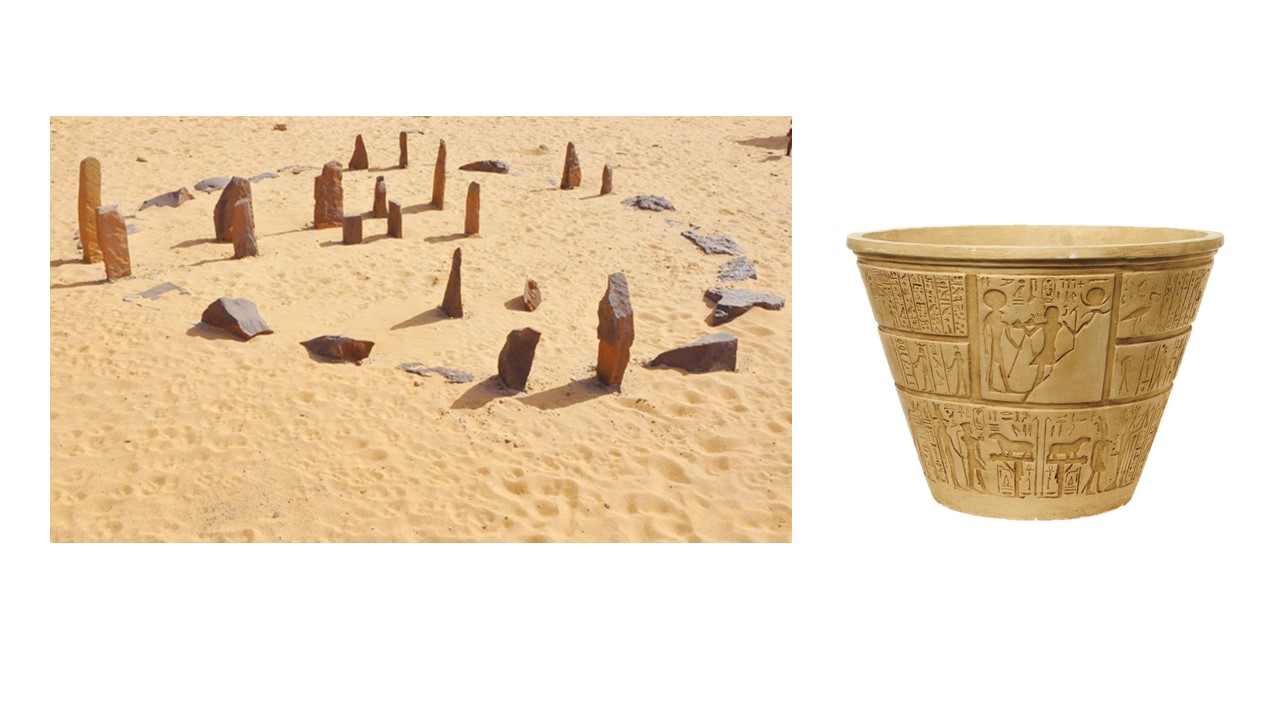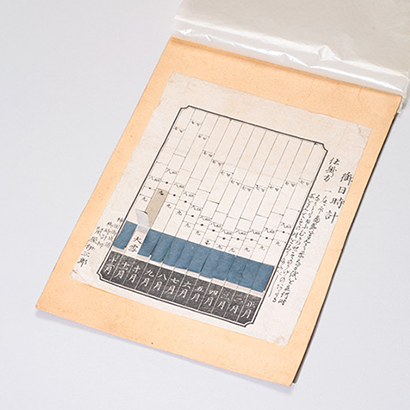The combustion clock: born from everyday living
The combustion clock was devised as a means of measuring time using everyday materials that would burn at a constant rate. The candle clock, the incense clock, and the lamp clock were some of the widely-used types of combustion clock that proved so useful in people’s daily lives.
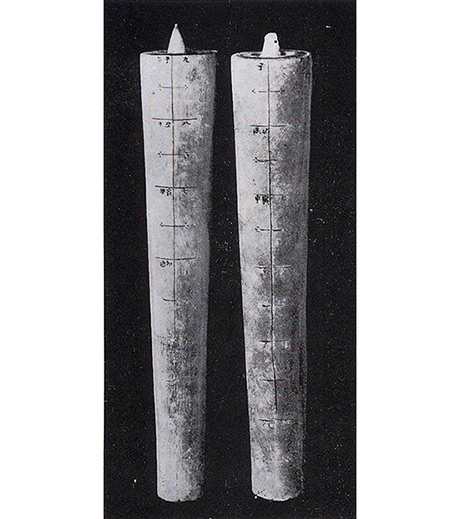
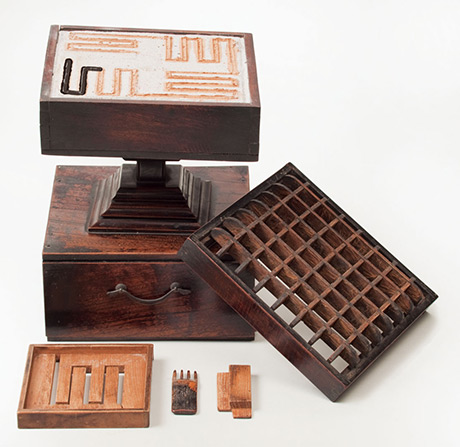
The combustion clock was devised as a means of measuring time using everyday materials that would burn at a constant rate. The candle clock, the incense clock, and the lamp clock were some of the widely-used types of combustion clock that proved so useful in people’s daily lives.
The candle clock measured time by the length of candle remaining. In England around the year 900, in the days of Alfred the Great, people used candle clocks 12 inches (approximately 30 cm) long with 12 markings along the length, which would burn for 4 hours.
The incense clock was introduced to Japan from China, and is known to have been used since the Nara period (710 - 794) in the form of a Jokoban, a powdered incense burner placed before altars in Buddhist temples. The relatively stable speed at which the incense burned enabled those within the temple to discern the time from the length of the burnt embers.
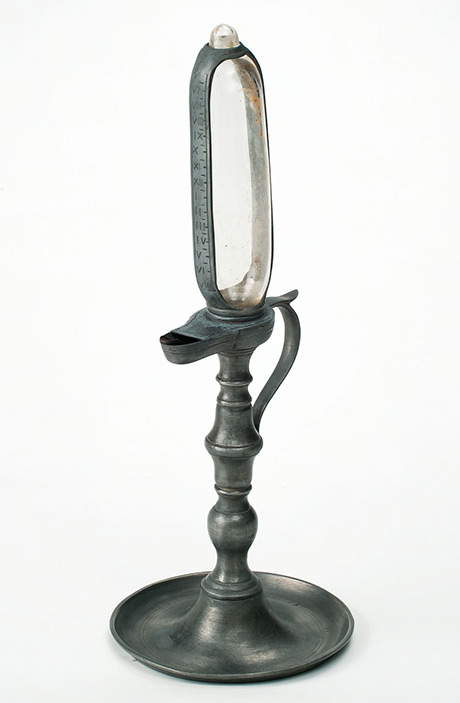
The lamp clock had markings along the oil receptacle, so that as the lamp burned, the time could be measured by the amount of oil remaining. At night, it served as both a light and a timepiece. Many of these lamp clocks were designed with time scales spanning the period from evening to morning.


